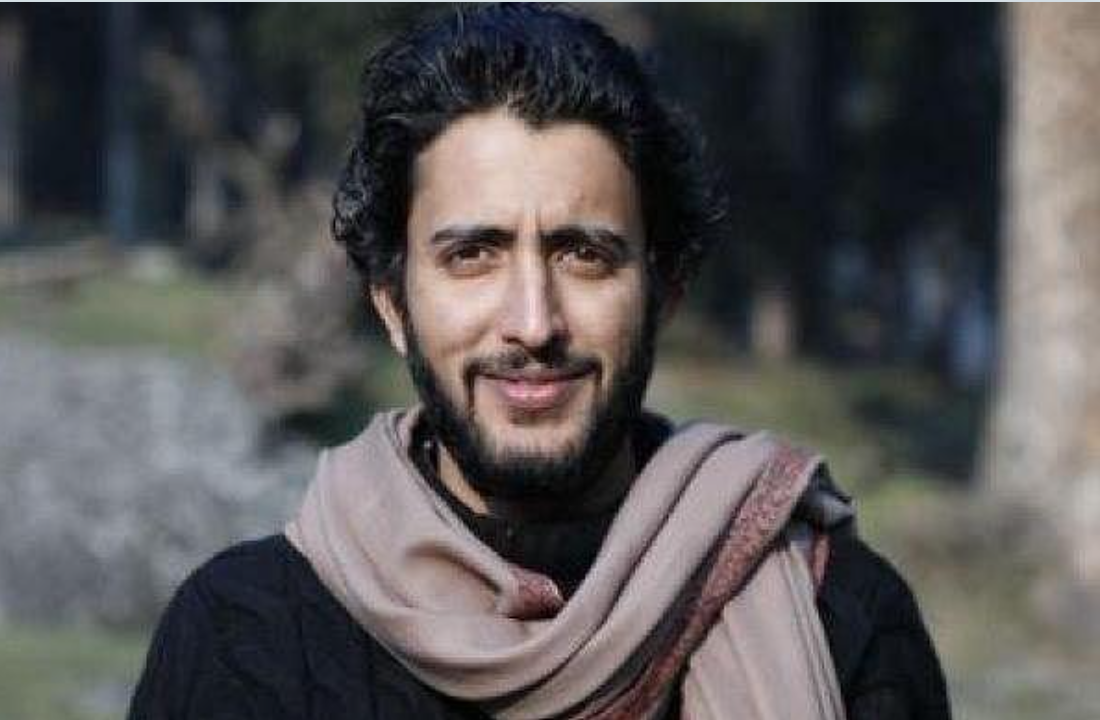As founder and editor of the news portal, The Kashmir Walla, Fahad Shah reports on events in that beautiful but troubled part of the world, also sharing his observations in TIME, The Atlantic and The Guardian. It’s reporting that the government of India does not like.
When he was covering a deadly police raid in an area populated largely by Muslims, he was arrested and accused of “glorifying terrorism, spreading fake news, and inciting general public.” Other charges: public mischief, sedition, and engaging in unlawful activities. Shah was taken to a jail far from his home and family.
Several weeks later, he was granted bail, arrested again within a couple of hours, and then charged with “wantonly giving provocation with intent to cause riot.” A week after that, there were additional charges of rioting, attempted murder, abetment, and printing or engraving defamatory matter.” He was even accused of “uploading anti-national content” on Facebook.
As the charges mount up, Shah is facing life imprisonment, for doing what reporters are supposed to do—witness what’s happening and tell the truth about it. He’s been moved to six different prisons as he awaits trial. His brother visited him in prison and had this to say: “Emotionally, he is frustrated and tired of the repeated questions being asked of him that make no sense to him and have nothing to do with his work as a journalist. They repeatedly ask him things like ‘Who are you friends? What did you do when you had gone to study in SOAS, London? What are your thoughts about the future?’”
Shah has received much backing from worldwide media. An executive of the Committee to Protect Journalists has said, “The arrest of Fahad Shah shows Jammu and Kashmir authorities’ utter disregard for press freedom and the fundamental right of journalists to report freely and safely. Authorities must immediately release Shah and all other journalists behind bars, and cease detaining and harassing journalists for simply doing their jobs.”

